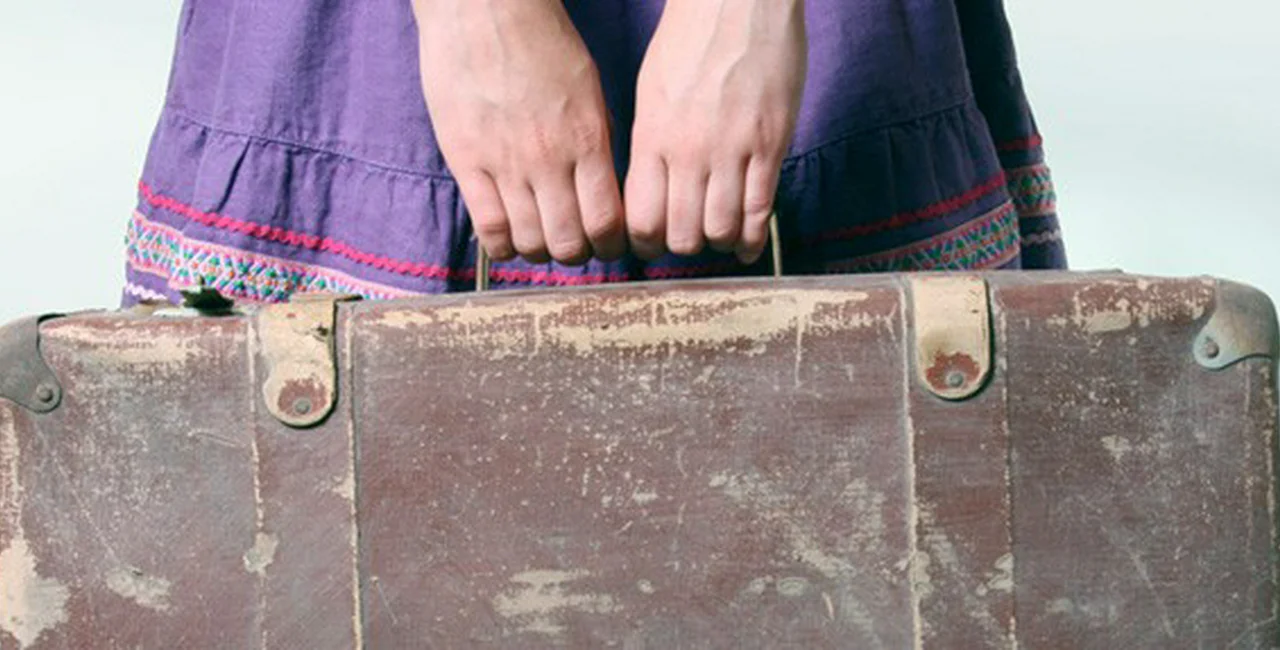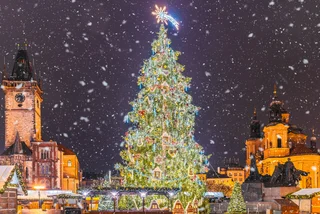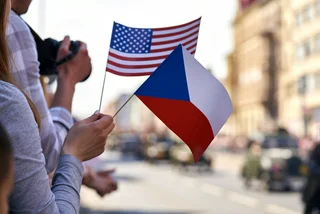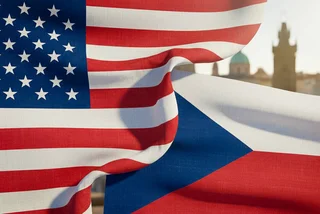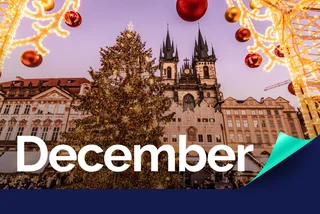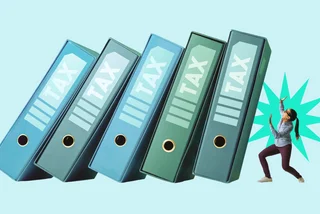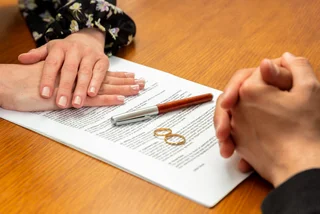Living in Prague is naturally the goal of a good number of expats relocating to the Czech Republic. But Central Bohemia, the region surrounding the capital, is also worth considering: attractive countryside on your doorstep, plenty of opportunities for enjoying the outdoors, and a pace of life slightly more relaxed beyond the capital. In this article we look at some of the pros and cons of living beyond Prague and then look in depth at two popular alternative living locations in Central Bohemia.
Areas to consider outside Prague are Roztoky u Prahy and the villages near it such as Úholičky, Velké Přílepy or Unětice; all north of the capital. Towns east of Prague, such as Lysá nad Labem; or the Berounka valley, including the towns of Černošice and Dobřichovice, and Beroun, at the end of the valley. Further afield are Kladno, northwest of Prague and Kralupy nad Vltavou, north of the capital. More distant, but still within commuting distance, are Benešov u Prahy and Dobříš, south of Prague. All are no more than one hour away from the capital by car or public transport.
Many of these towns are very pleasant places to live and understandably popular with families with young children. A number of expats have based themselves in Central Bohemia, and many say that they feel more welcome than in Prague, due to the greater sense of community and neighborliness in smaller towns and villages.
Housing
Central Bohemia is a highly desirable area due to its accessibility to Prague and the attractive local countryside. If you are looking to buy or rent, you will generally find a higher proportion of houses than flats, with properties ranging from small cottage-like bungalows to large villas. In almost all cases, a garden will adjoin the house. Flats are either paneláks, or smaller, older blocks of flats, sometimes subdivided villas. New build projects, especially houses, are springing up everywhere: the Statenický mlýn development at Statenice is a good example. A number of these projects are at the top end of the market; one example is Vily Terasy Úholičky in the village of Úholičky. You can find properties either through estate agents such as Lexxus or Identity; individual brokers, who work on a commission basis, or by finding out from developers what projects are going on in the area.
Public transport
One of the key factors making living outside Prague more attractive is the railway network. Czech Railways recently ‘rebranded´ several of the suburban train lines operating from Prague as the ‘Esko.´ These are modeled on the German S-bahn suburban train networks, from which the Esko takes its name. More frequent services have been introduced, as well as new, faster, more comfortable trains; the ‘City Elefant´ electric trains and smaller ‘Regionova´ diesel rolling stock. Regional bus services are also reasonable, and bus routes to towns just beyond Prague are the most frequent. Such buses are indicated by numbers ranging from 301 to 495 and run from bus stops in the suburbs, for example Dejvická or Černý most. Some routes run entirely outside the boundaries of Prague. If you intend to commute regularly using the trains or bus you can save money by buying a season ticket (monthly, quarterly) covering the journey to Prague. If you already have a Prague season ticket you need only buy a season ticket/individual ticket covering the journey to the Prague boundary. All of the places mentioned above are part of the Rapid Prague Integrated Transport Network area, which comprises 6 concentric circles with Prague forming the first circle. See this article for more information on using Czech public transport.
Shopping
Inevitably the range of goods will not be as extensive outside the capital. In the villages you will find grocery stores that are not open much longer than 6 pm and close at noon at the latest on Saturday. Supermarkets such as Albert or Tesco have opened in some of the larger settlements such as Roztoky and Černošice, and are open daily until 8 pm. Wherever you go though, if you´ve run out of something on a Sunday or at night, the only shops that will be open are likely to be the small večerka stores, where prices are high and the selection is limited. For other goods, e.g. footwear, clothes or white goods, it´s best to head to Prague.
Restaurants and leisure facilities
As with shopping, the range of leisure and cultural facilities are more limited. Restaurants tend to be either of the local pub variety, with traditional food and smoky atmospheres, or pizzerias. However, there are good finds, such as restaurants with adjoining gardens. Such places come into their own during the summer; a good example is the Česká hospoda in Zadní Třebaň in the Berounka valley.
If you want to play sport it is perhaps best to stick to the facilities in Prague although the larger towns do have facilities such as gyms or squash courts: Kralupy nad Vltavou has a swimming pool for example. Cultural opportunities are also limited, especially if you do not speak Czech, but sometimes chamber concerts are held, or exhibitions. The Hotel Academic in Roztoky regularly host events which are accessible to non-Czech speakers, such as photography exhibitions. More ‘foreigner-friendly´ are the many museums, galleries and castles in the region, such as the museum dedicated to the renowned Czech composer Antonín Dvořák in Nelahozeves, near Kralupy nad Vltavou, or the château in the same village.
Roztoky u Prahy
One of the most accessible locations, just beyond the city, is the small and popular town of Roztoky (u Prahy), which has a population approximately 6,000 and is 10 kilometers north of the city center.
Roztoky has a long history, and is significant from an archaeological point of view plus the oldest church in use in Bohemia is located here. But the town really grew in the 19th century, when it became a popular location for wealthy Praguers. Evidence of this can be seen in the clutch of handsome villas that you notice as you enter the town from Prague. Roztoky continued growing in the 20th century, and today is overwhelmingly a commuter settlement. It is a spacious, predominantly low-density town, with leafy streets, a mix of villas and few flats and Communist era paneláks. The town grew further in recent years, with the central square, Tyršovo náměstí being given a facelift with a new development comprising flats, a hotel and shops. There are also further plans for expansion, which should see the population of Roztoky increase in the coming years.
The town is about 15 minutes away from Prague and is served by the 340 and 350 bus routes, which run from the Dejvická metro stop. The services are regular although less so at weekends and holidays. Several of the surrounding villages are also served by the 350 bus. Suburban electric trains run from north Bohemia or Kralupy nad Vltavou to Praha Masaryk station through Roztoky-Žalov and Roztoky stations, with greater frequency at rush hours. On working days, trains run from Roztoky to Praha-Libeň station via Holešovice.
Attractive countryside is on the doorstep on Roztoky. The aptly named Quiet Valley (Tiché Udolí), a local beauty spot, starts at the edge of town.
A number of paths and trails lead along the Únětice stream to Únětice, Prague-Suchdol and other places. They are highly popular with local walkers, nature lovers and cyclists. There are also paths and trails by the Vltava River, and cyclists can enjoy the routes between the local villages.
Berounka Valley
One of the other main commuter zones is the Berounka valley, which starts at Černosice and extends to Beroun, southwest of Prague. It includes settlements such as Dobřichovice, Karlštejn and Srbsko. Like Roztoky, the Berounka Valley became popular in the early 20th century, and the towns there are overwhelmingly commuter settlements, although Dobřichovice has a few historic buildings at its core and of course Karlštejn is famous for its medieval castle.
The Berounka Valley enjoys the reputation of being one of the most scenic areas close to the capital, and has long been a popular destination for walkers and cyclists at weekends. There are numerous opportunities for outdoor lovers in the area, and notable attractions include Svatý Jan pod Skalou, a monastery directly below a cliff, and the caves at Koněprusy.
Getting to the area is easy. Trains run every half hour from Prague Main Station, a significant improvement over a few years ago, when there was a long gap in evening services. A number of regional buses operate in the area as well.












 Reading time: 6 minutes
Reading time: 6 minutes 